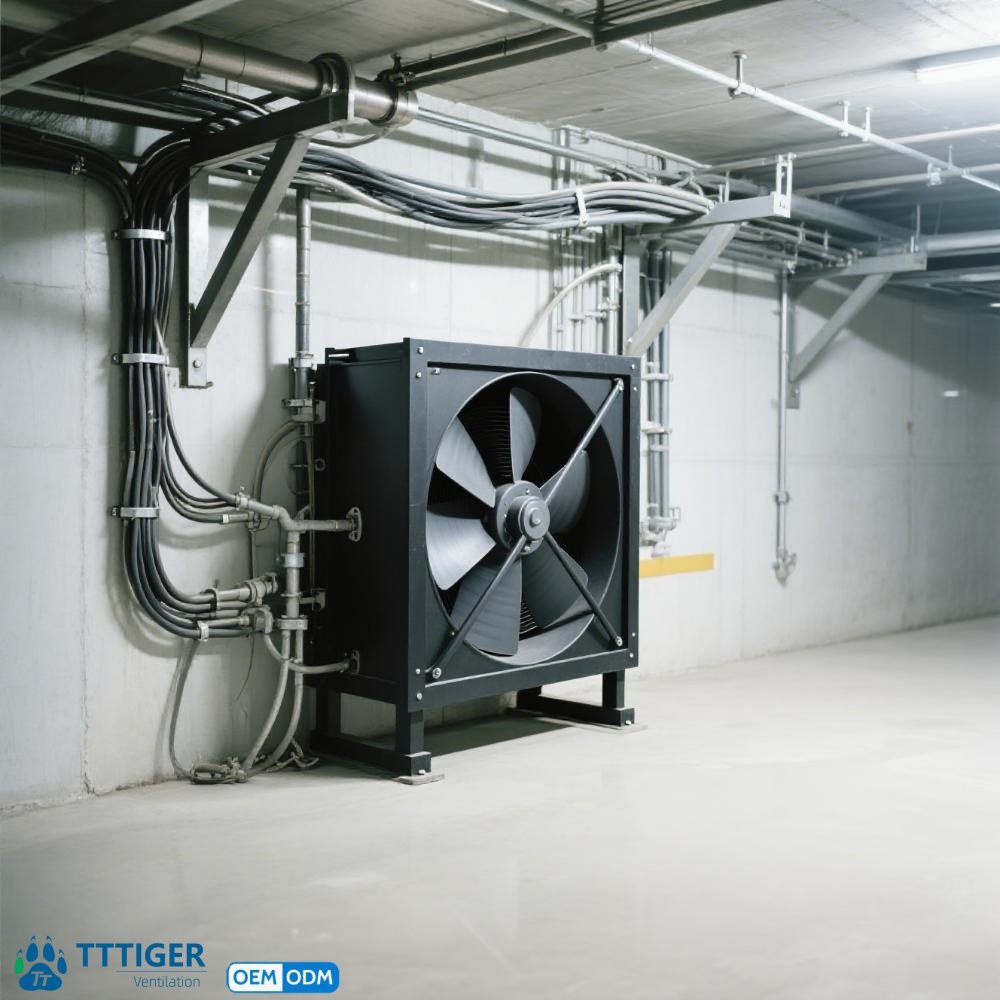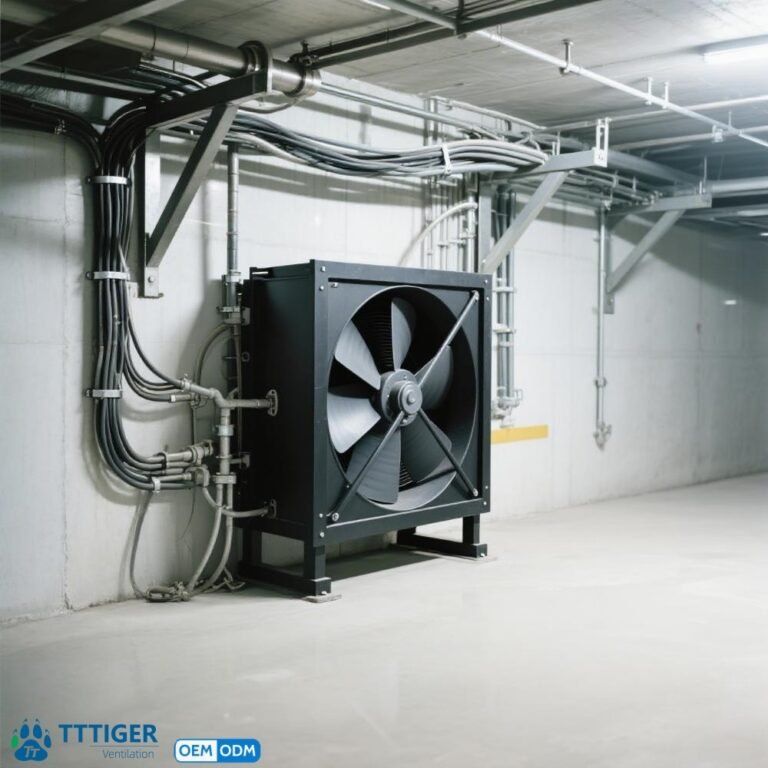
The Ultimate Guide to Industrial Ventilation: Systems, Importance, and Key Considerations
In the world of manufacturing, warehousing, and processing, the air you breathe is directly linked to the health of your employees, the integrity of your equipment, and the overall productivity of your operation. Industrial ventilation is not merely a luxury; it’s a critical engineering control and a cornerstone of any safe, efficient, and compliant industrial facility.
This comprehensive guide will explore the fundamentals of industrial ventilation, its undeniable benefits, and the crucial factors to consider when selecting equipment, with a special focus on the heart of many systems: the industrial exhaust fan.
What is Industrial Ventilation and Why is it Non-Negotiable?
Industrial ventilation is the engineered system designed to control the indoor environment by diluting and removing airborne contaminants, heat, and moisture. It replaces stale, polluted air with fresh, clean air from outside.
A well-designed system addresses several core objectives:
Worker Health and Safety: It protects employees from inhaling hazardous fumes, dust, vapors, and particulates, reducing the risk of respiratory illnesses, chemical exposure, and long-term health problems. This is a primary requirement for OSHA and other global safety compliance.
Process Control: Many manufacturing processes require specific temperature and humidity levels or need to prevent cross-contamination. Proper ventilation ensures product quality and consistency.
Temperature Regulation: Industrial machinery and processes generate immense heat. Ventilation and exhaust systems help mitigate heat buildup, creating a more comfortable and safe working environment.
Equipment Protection: Combustible dust and corrosive fumes can cause premature wear, electrical failures, and even catastrophic fires or explosions. Removing these contaminants protects valuable capital assets.
Core Components of an Industrial Ventilation System
While systems can be complex, they generally consist of a few key components:
Hood(s): The point where contaminated air is captured (e.g., a fume extraction arm).
Ductwork: The network of pipes or channels that transport the captured air.
Air Cleaner (e.g., Dust Collector, Scrubber): A device that removes contaminants from the air before it is discharged outdoors or recirculated.
The Industrial Exhaust Fan: The workhorse of the system. This fan creates the negative pressure needed to pull air through the hoods and ductwork, providing the system’s “pull” or static pressure.
Exhaust Stack: The outlet that discharges the cleaned air safely into the atmosphere, away from air intakes.
Choosing the Right Industrial Exhaust Fan: The Engine of Your System
The industrial exhaust fan is arguably the most critical component. Selecting the wrong fan can lead to system failure, excessive energy costs, and noise problems. Key factors to consider include:
Airflow (CFM – Cubic Feet per Minute): The volume of air the fan can move.
Static Pressure (in. w.g.): The resistance the fan must overcome to push air through the ductwork and filters.
Fan Type: Axial fans for high airflow, low-pressure applications; centrifugal fans for higher-pressure systems with resistance.
Construction Material: The fan must be built of materials compatible with the contaminants it will handle (e.g., coated steel for moisture, stainless steel for corrosion, fiberglass-reinforced plastic for harsh chemicals).
Efficiency: High-efficiency fans significantly reduce electricity costs over their lifespan.
The Critical Role of Your Manufacturing Partner: B2B Supplier, OEM, or ODM?
When sourcing equipment, understanding the type of manufacturer you’re dealing with is vital for your project’s success.
B2B Supplier: A business that resells equipment from various manufacturers. They offer a wide range of options but may have limited technical expertise on any single product.
OEM Manufacturer (Original Equipment Manufacturer): A company that designs and produces parts or equipment from its own blueprints. They offer high-quality, branded products with deep product knowledge and direct support.
ODM Manufacturer (Original Design Manufacturer): A partner that designs and manufactures a product to be branded and sold by another company. This is ideal for businesses wanting a custom or white-label solution without investing in R&D and production facilities.
For mission-critical systems like industrial ventilation, partnering with a reputable OEM or ODM Manufacturer ensures you get expert engineering, reliable product quality, and direct technical support tailored to your specific application.
TTTIGER: Your Expert Partner in Industrial Ventilation Solutions
When your operation demands reliability, efficiency, and expert engineering, look no further than TTTIGER. We are a leading OEM and ODM Manufacturer of high-performance industrial air movement solutions.
Why partner with TTTIGER?
Engineered for Performance: Our industrial exhaust fans are precisely designed to deliver optimal airflow and static pressure, ensuring your ventilation system operates at peak efficiency.
Robust Construction: Built with high-quality materials like premium steels and advanced composites, TTTIGER fans are made to withstand the harshest industrial environments, from chemical plants to woodworking shops.
Energy Efficiency: We design with sustainability in mind, helping you reduce operational costs and meet your environmental goals.
OEM & ODM Expertise: Whether you need a reliable branded solution or a custom-designed product for your specific needs, TTTIGER has the flexibility and engineering prowess to deliver.
Global B2B Support: As a trusted B2B supplier, we partner with distributors and large-scale end-users worldwide, providing robust technical support and reliable supply chain logistics.
Don’t compromise on the air quality and safety of your facility. Choose a partner who understands the critical nature of industrial ventilation.

